Taking back the streets on July 23
Growing up, one of my favorite genres was the side-scrolling beat-’em-up. From Final Fight to Double Dragon, I was quite fond of the action found in traveling through different stages and kicking the asses of gang members and thugs that had done me wrong. By the current outlook, it’s starting to feel like a lost art with only a few niche titles carrying the proverbial fire. Thankfully, Sega still recognizes the strength and respect that the classic games command with the upcoming return to one of the most loved beat-’em-ups of all time.
Following up on the releases of OutRun and Thunder Blade, the next 3D Classics title set for the West, Streets of Rage 2, remains a popular title among the Genesis library and one many fans have been clamoring for. Just before its release, the folks at Sega gave Destructoid the opportunity to play the upcoming brawler in its remastered state. During our chat with Producer Yosuke Okunari, we learned about the development of the 3D release, and how it almost never saw the light of day.

Released back in 1992, Streets of Rage 2, called Bare Knuckle II in Japan, was an immediate hit with Genesis owners and still stands as a favorite among beat-’em-up fans to this day. Set a year after the events of the first game, our street-fighting brawlers have to take back control after the sprawling criminal empire the Syndicate kidnapps one of their allies and plunges the city into chaos. Teaming up with pro-wrestler Max, and a young rollerblading brawler names Skate (the brother of SoR1‘s Adam), Axel and Blaze have to scour the city while scrapping with vicious thugs that work for the ever-elusive Mr. X.
I spent many hours with Streets of Rage 2 when I was a kid, and the flashy neon lights and bombastic atmosphere — along with Yuzo Koshiro’s bumping synth score — are imprinted in my memories of those glorious Genesis days. Surprisingly, there’s a strong focus on plot in these titles. While most beat-’em-ups settle for the save X from Y plot and call it a day, SoR goes a bit beyond that by wrangling in government conspiracy and even throwing in some crazy sci-fi angles. Though the narrative is pretty much on par with B-level action movies, it still goes a long way with setting the tone and atmosphere. While there was another follow up with SoR3, the second game is my favorite and holds up remarkably well.
Fortunately for us fans, Sega agrees and it’s since been ported over to many different platforms, including Xbox Live, PlayStation Network, and even iOS. However, with its upcoming release on the 3DS, this marks the first time you’ll be able to play the game in 3D.
“Streets of Rage 2 was the most popular of the three games in the series, so we actually had 2 slated as a conversion candidate from the very beginning,” stated producer Yosuke Okunari. “However, when we first starting the development on these games, there were technical issues around getting this game into 3D, and it was deemed an impossible task so we gave up on it. If you’ve spent time playing the game, you’ve probably noticed that these sorts of side-scrolling beat-’em-ups are extremely well-suited for stereoscopic 3D (we actually call them ‘belt action’ games in Japanese because it’s like being on a conveyor belt). The benefit of being able to visually confirm that you are lined up with your enemy and thus avoiding whiffing is huge.”
Coming off the original, the sequel featured a number of innovations and upgrades that made it stand apart from its predecessor. Aside from the obvious visual upgrade, which features sharper graphics and more detailed environments and character designs, the combat mechanics were greatly expanded to include new character-specific moves and super attacks. While I’m sure there were many who missed the police backup from the original, the focus on character diversity and growth was what made Streets of Rage 2 a true upgrade. During their work on the original’s 3D remaster, the developers overcame the challenges of translating the unique visual style to bring over its sequel.

“The graphics in these games were not like modern 3D, so there’s a lot of pseudo-3D going on [referring to the diagonal side-scrolling stages], and when you take that and apply real stereoscopic 3D to it, you get conflicting visuals. So at the time, we thought we wouldn’t be able to get the game into 3D,” explained Okunari. “That said, because we were able to get the first game in the series into 3D, the staff’s ability and know-how around 3D conversions saw huge improvements, and we found ways to work around these sorts of conflicting situations, and thus making the project a reality.”
After several playthroughs with the 3D remaster, I was impressed with the quality of the port. I can assure you that the pictures do not do the game justice. The side-scrolling visuals really pop with the 3D enabled, and many of the animations and action sequences feel more pronounced. The visuals on the 3DS feel sharp and with no slowdown or loss performance, which is great for when things get really hectic. While the game is largely as it was, gameplay feels just as precise as it was back in its heyday on the Genesis. It’s a true testament to the design of the game, and it feels right at home on the handheld.
As with the other 3D Classic releases, Sega has decided to do fans one better with the addition of new gameplay modes. In 3D SoR2, players can now experience the new mode called Rage Relay, which gets people playing as other characters during their run. Upon death, your starting character will switch over to the next one from the roster. For instance, if you start out playing with Axel and you get taken during a tough encounter, then you’ll switch over to Max upon respawn. Initially, I found it to be a pretty odd gimmick, but I’ll admit it came in handy during tough bosses or enemies which called for a bit more brute force. The developers included this optional mode as a way to encourage trying out the other characters after noticing how often players would stick with their favorites.
“The original development team that worked on SoR2 was heavily influenced by Street Fighter II when making this game, so rather than a normal beat-’em-up, they really wanted each character to have their own feel, so each character has a very unique play style associated with them,” said the producer. “However, unlike competitive fighting games, people tend to only play with the character the choose first for beat-’em-ups, and we didn’t think most people strayed from that initial choice. There’s four characters here, each with their own play style, so we wanted to make sure every character got a shot and make it interesting by giving players a chance to try characters they didn’t really used back in the Genesis era. Our answer to this was Rage Relay.”
To say I had a great time with 3D SoR2 would be an understatement. I was pretty damn happy with how this remaster turned out. Not only do the new features help liven up the experience, the core gameplay still shows that simple beat-stuff-up action can be a ton of fun. And with local play available, you’ll be able to team up with friends to take down Mr. X.
With its release approaching, I can tell that many fans of Streets of Rage 2 will feel right at home with the 3D remaster. Not only has this title held up well, but it makes some impeccable use of the 3DS hardware. Once you fire up the game, and Koshiro’s synth score reverberates through the opening title crawl, you’ll be hooked. It’s a total blast from the past, and it’ll get your adrenaline pumping in no time.

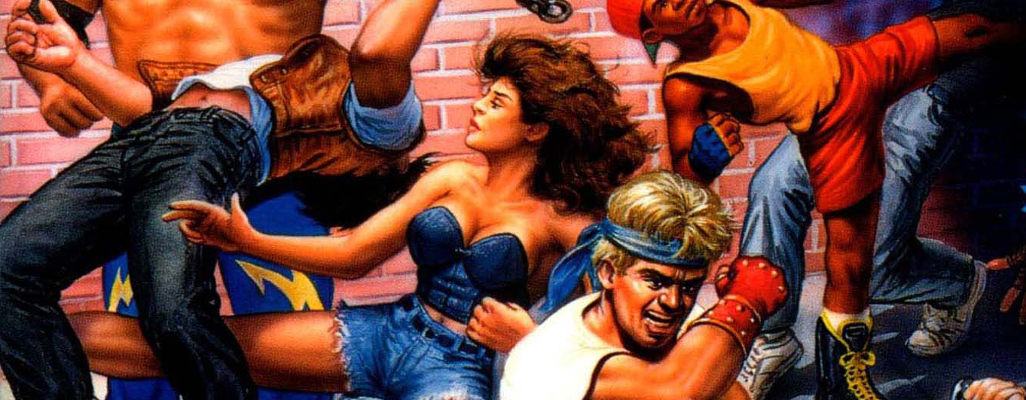
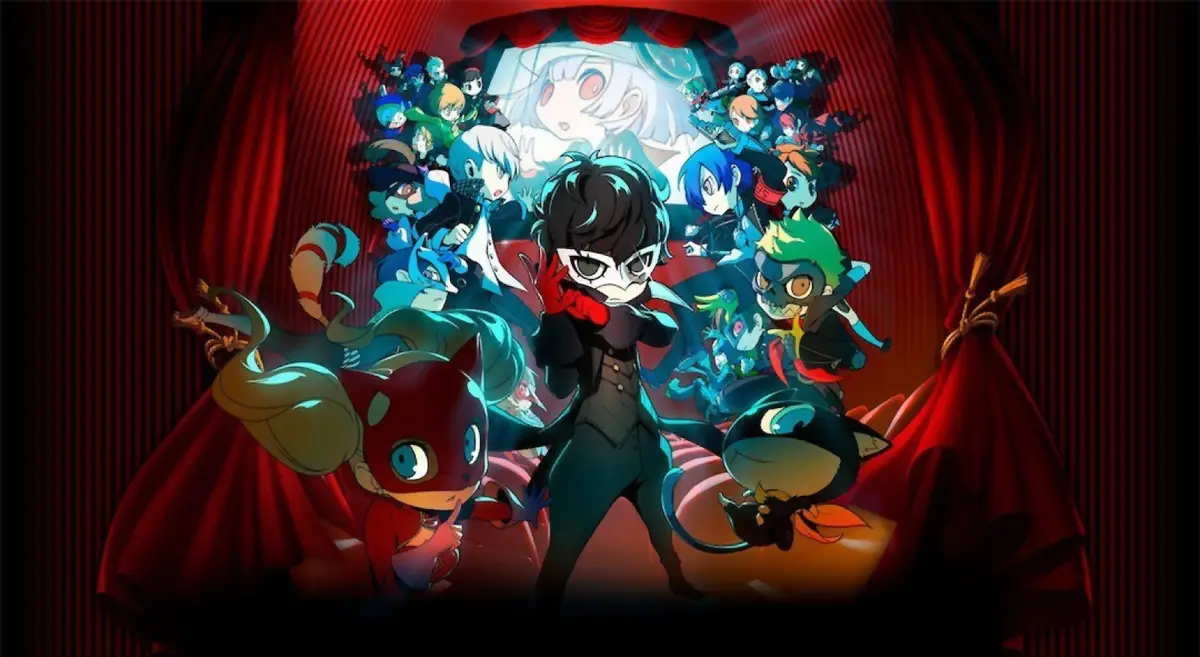
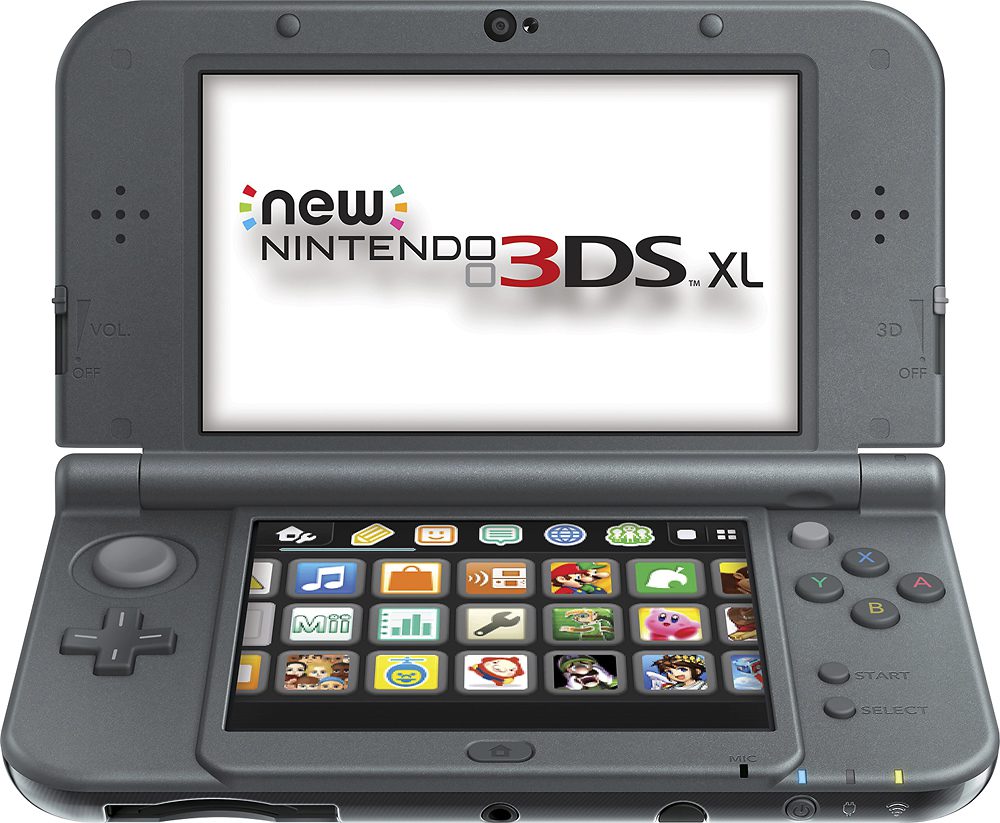
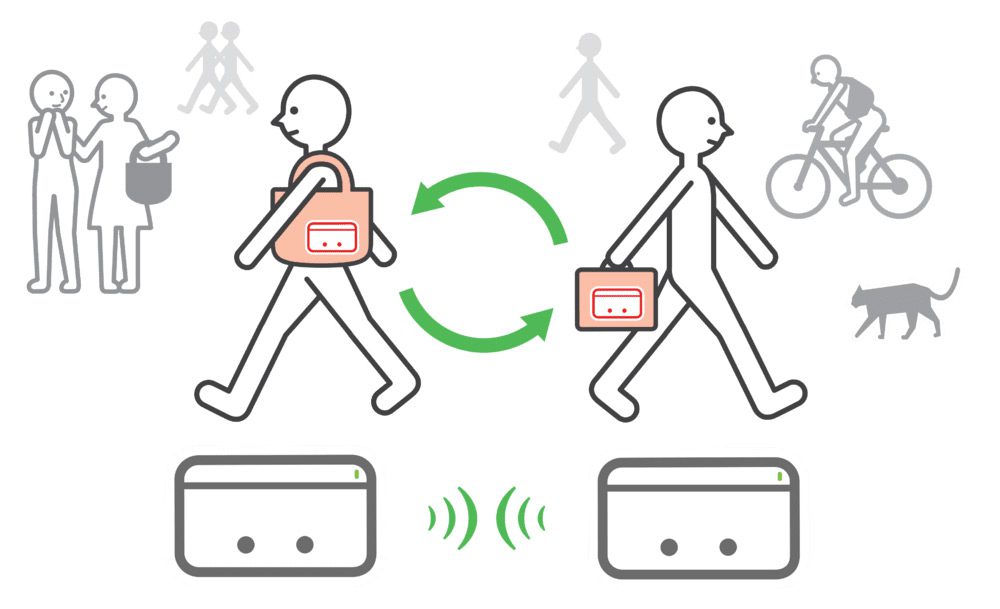
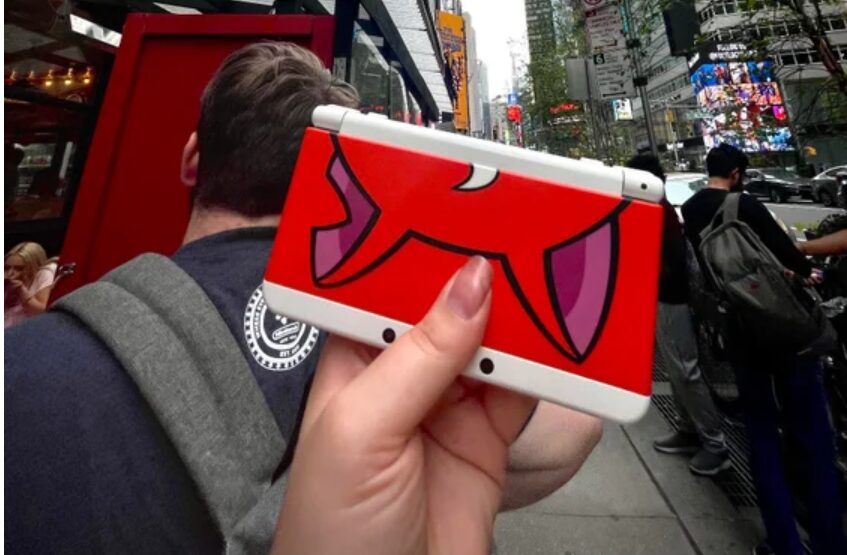
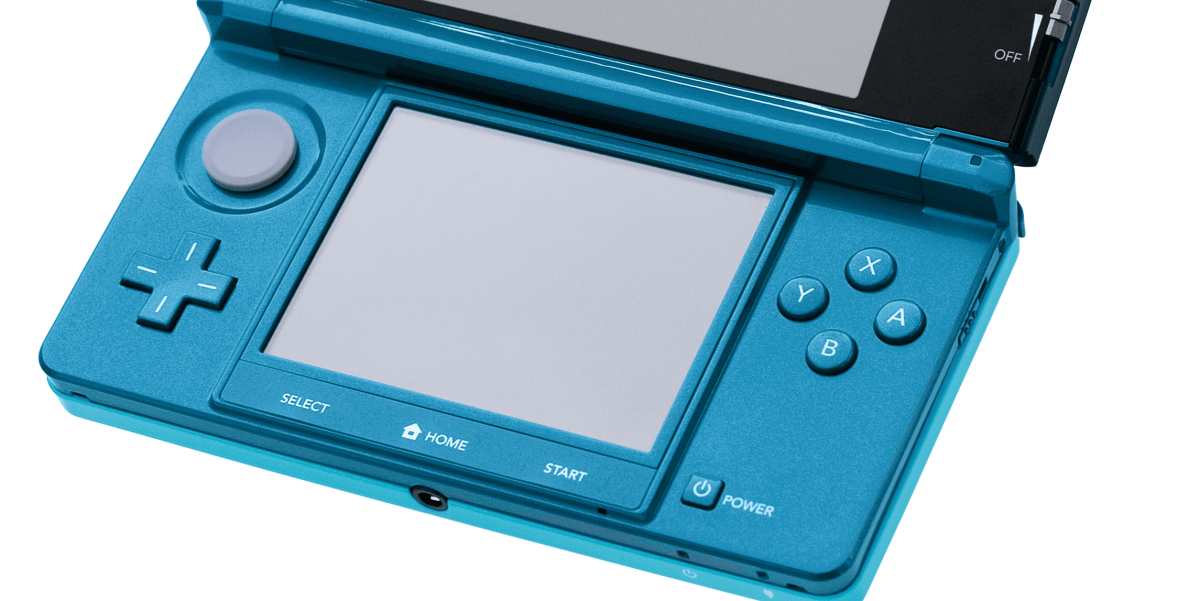

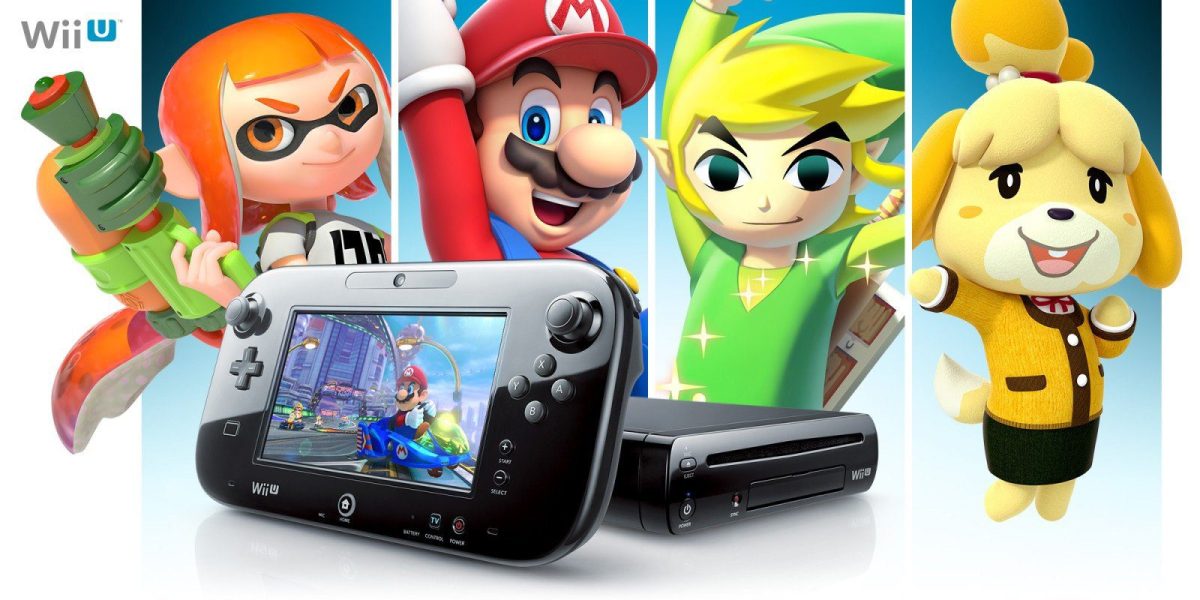
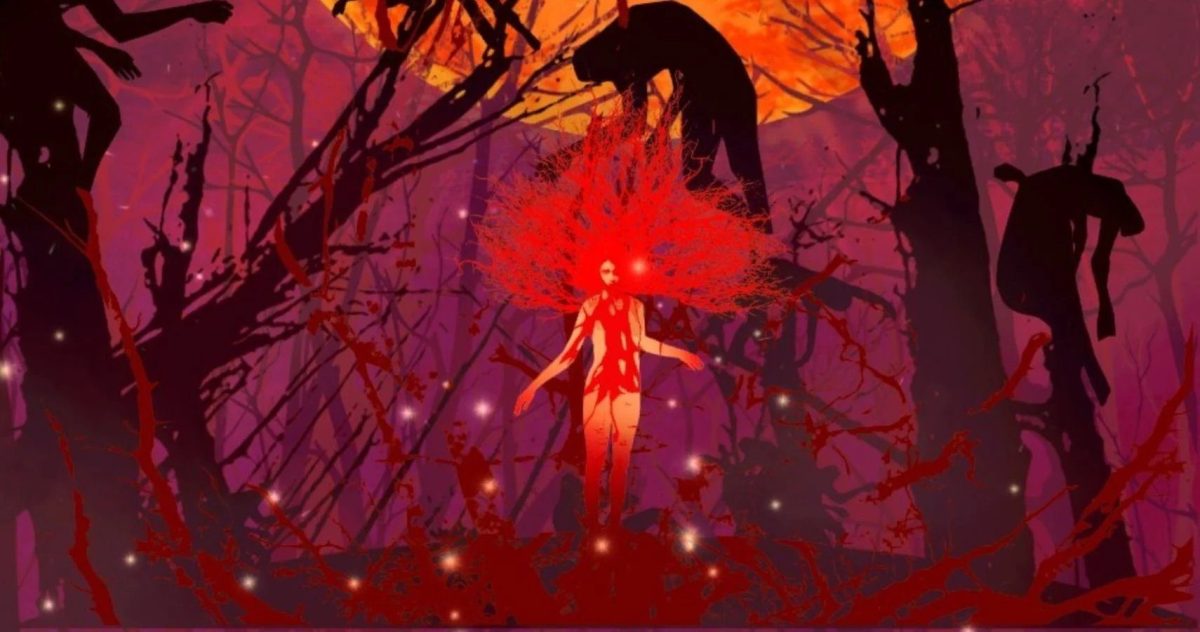

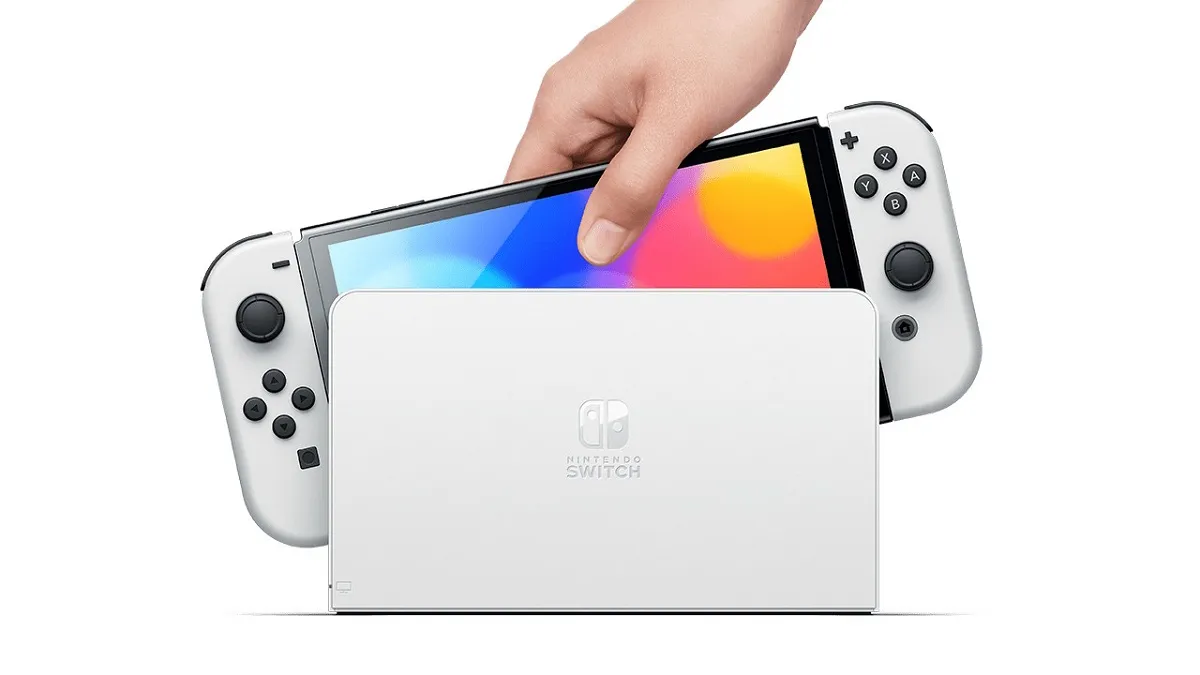
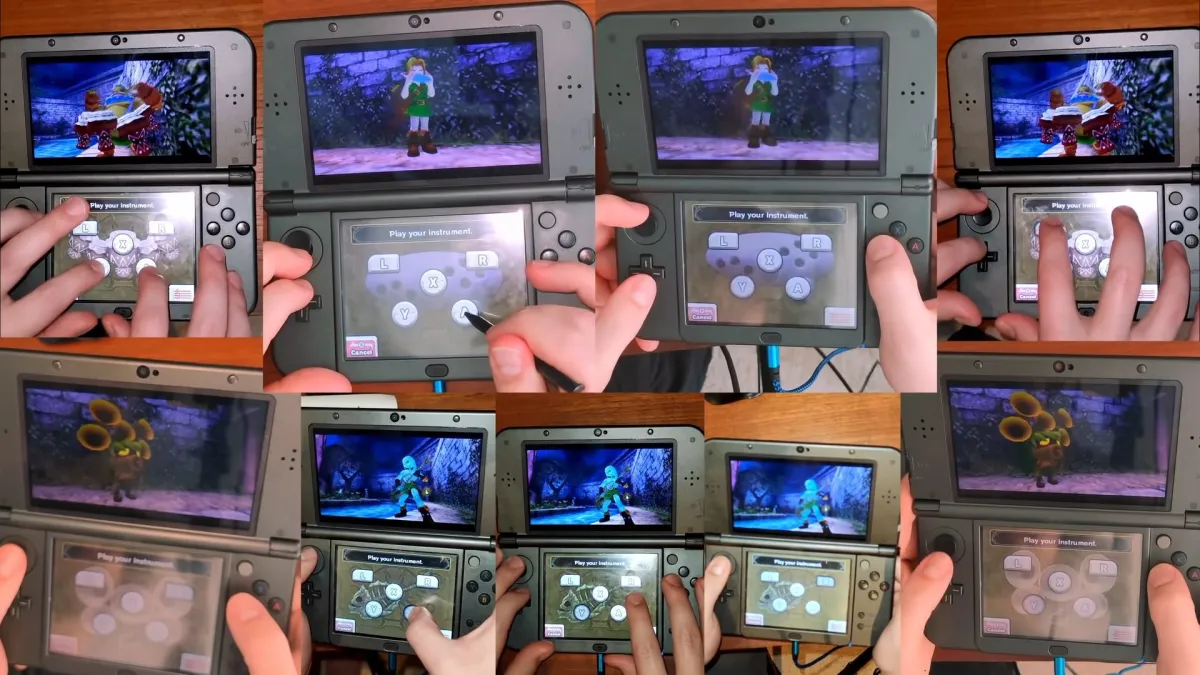
Published: Jul 22, 2015 8:00 PM UTC